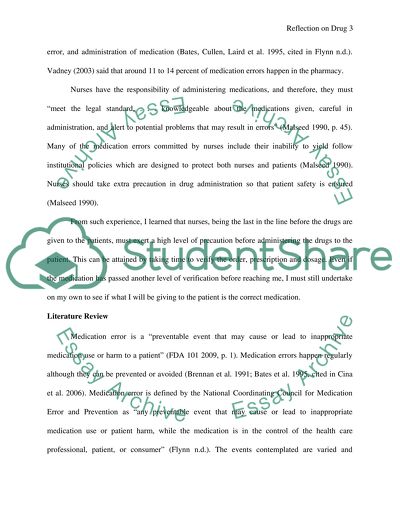Cite this document
(“Reflection on Drugs Errors Essay Example | Topics and Well Written Essays - 2500 words”, n.d.)
Retrieved de https://studentshare.org/sociology/1390601-drug-error
Retrieved de https://studentshare.org/sociology/1390601-drug-error
(Reflection on Drugs Errors Essay Example | Topics and Well Written Essays - 2500 Words)
https://studentshare.org/sociology/1390601-drug-error.
https://studentshare.org/sociology/1390601-drug-error.
“Reflection on Drugs Errors Essay Example | Topics and Well Written Essays - 2500 Words”, n.d. https://studentshare.org/sociology/1390601-drug-error.


